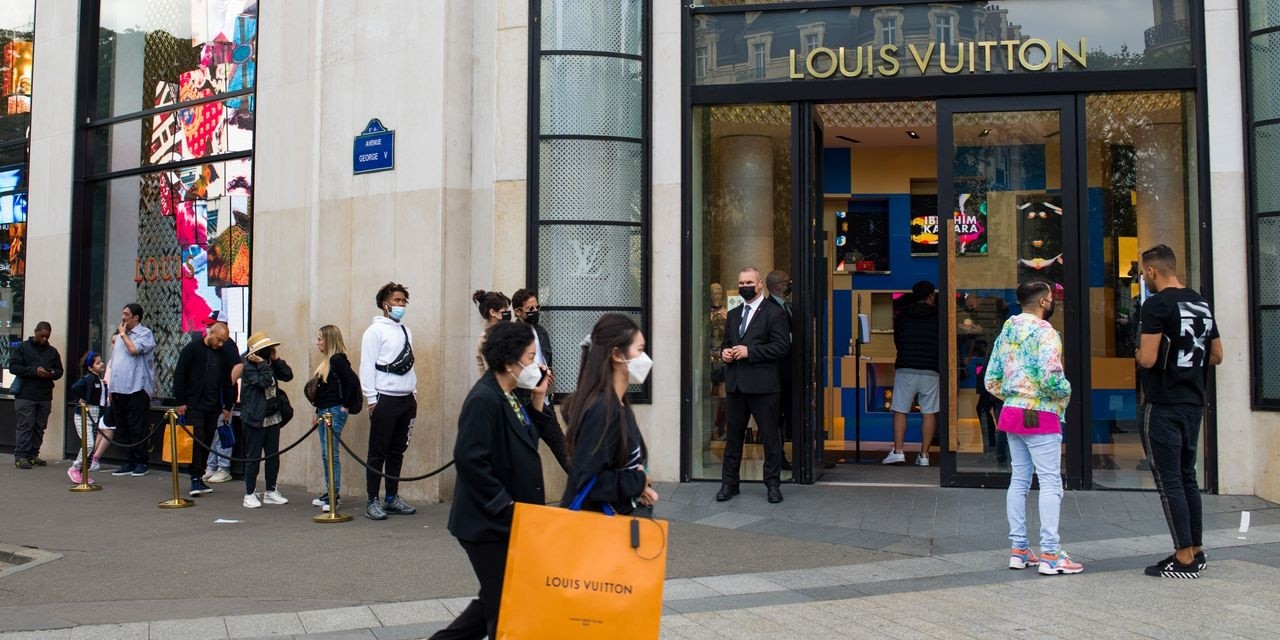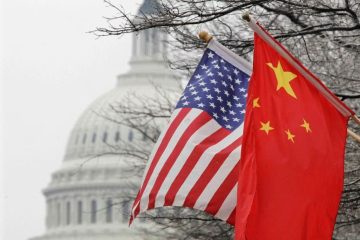Luxury handbag makers face reputation risk

Did Christian Dior really strike gold when it discovered a supplier who could assemble a €2,600 handbag for just €53 a piece? Or is there more to the story? Addressing the reputational damage may require a significant financial investment.
According to a Milan court, Dior and Giorgio Armani were identified as two brands whose products were manufactured under poor working conditions in Italy. The contrasting images of a disheveled facility involved in the production of designer handbags, which was raided as part of an investigation into Italy’s fashion supply chain, stand in stark contrast to the polished and glamorous visuals that the luxury industry typically presents to its customers.
Some high-end brands depend on independent workshops to meet the strong demand for their goods, in addition to their in-house factories. The sales of LVMH’s leather goods division have nearly doubled since 2019.
In a thriving economy, it is reasonable to see an increase in outsourced manufacturing. However, some brands may have gone too far in their pursuit of higher profits by implementing excessive cost-saving measures. According to a translated court order, Dior’s production was outsourced to a Chinese-run factory in Italy, where bags were assembled by illegal workers in unsafe conditions. On other occasions, Dior’s suppliers outsourced work to inexpensive factories that employed workers with irregular labor conditions.
To address the issue at its core, a substantial investment of hundreds of millions of dollars would be needed to establish new facilities and increase in-house manufacturing. One option is for Dior to increase the compensation it provides to suppliers and implement stricter oversight. Regardless of the outcome, it appears that profits may be lower than what shareholders are used to.
High-end luxury brands like Christian Dior often enjoy significant profit margins due to the willingness of consumers to pay premium prices for products that are perceived as symbols of status. In addition, they have the ability to distribute substantial fixed expenses, such as costly advertising campaigns, across a significant number of sales.
In 2023, the LVMH group incurred costs equivalent to 31% of its sales in producing the wide range of products it offers, including Champagne, watches, and cosmetics. However, it is likely that the profit margins on well-known handbag brands are quite high.
According to Bernstein analyst Luca Solca, a luxury fashion label with a similar size to Dior may allocate only 23% of its sales towards the raw materials and labor involved in its products. Based on economic analysis, it can be inferred that the production cost of a €2,600 Dior purse is approximately €598. This amount is equivalent to $647, considering the current exchange rates, for a product that is valued at around $2,800.
Based on the findings of the Italian investigation, it appears that the actual cost may be even lower. According to one Italian supplier, the assembly price of €53 per piece mentioned does not include the cost of the leather and hardware. However, adding these components would only amount to approximately €150.
According to Bernstein’s analysis, there are additional advertising fees of €156 per handbag, and the company’s assets depreciate by €156. Managing the brand’s stores, which includes covering the rent for prime locations on prestigious shopping streets worldwide, along with the expenses of running the head office, amounts to an extra €390. Dior’s pure operating profit amounts to €1,300, resulting in a 50% margin.
“This is the reality of the business,” Solca states. “The retail price for the goods of major luxury brands usually falls within a range that is eight to 12 times the cost of manufacturing the product.”
LVMH has not provided any comments regarding the investigation, which initially gained media attention almost a month ago. Meanwhile, a potential crisis is developing in the public relations realm. Curious luxury influencers on social media are questioning the value behind the hefty price tags of high-end handbags. Recent price increases also make it difficult to accept the low manufacturing costs. A mini Lady Dior bag that was priced at $3,500 in 2019 will now cost shoppers $5,500, reflecting a significant 57% increase.
Several other high-end brands that are currently being investigated for similar problems in their Italian supply chains suggest that this issue may be more widespread.
If the industry decides to clean up its act, profits will be negatively impacted. However, the potential consequences of inaction could be more expensive. For luxury brands that rely on their reputation for quality and charge customers thousands of dollars, being inexpensive is simply not an option.










